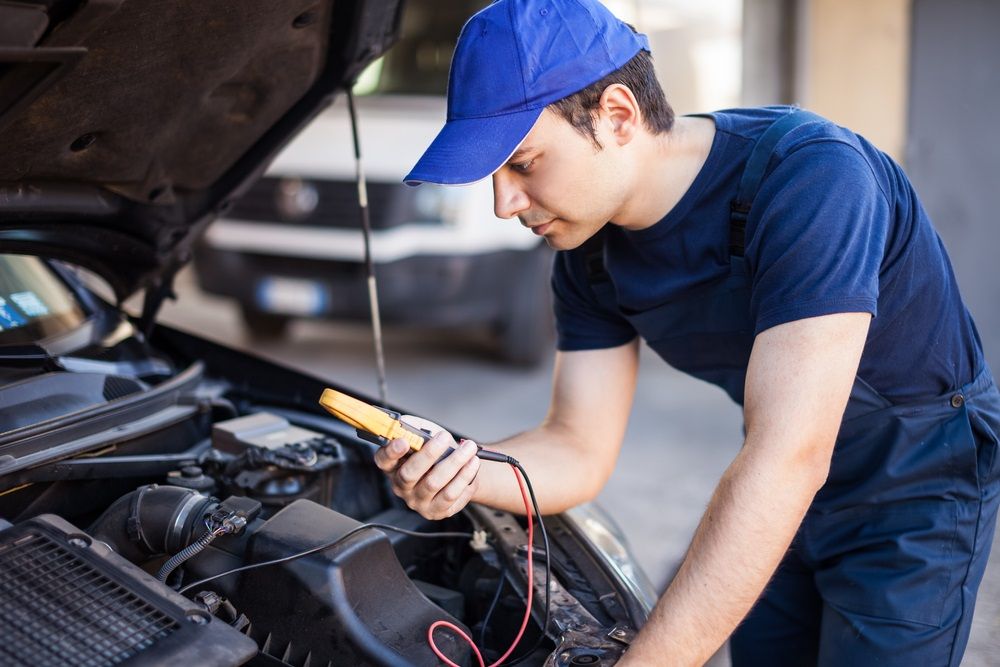Regular maintenance is an important part of caring for any vehicle. It is particularly essential, however, when talking about classic cars. To ensure that you are keeping up with your car’s maintenance requirements, read the owner’s manual. For even better results, send us a text and let our experts team guide you.
Here are some top tips from us to keep your classic car in excellent condition.
Tyres
It is easy to overlook the tyres on your vehicle. However, they play an important role in your safety when you are on the road. The quality of your tyres can affect everything from your stopping distance to your fuel economy. If your tyres are not legal, you could face as much as a £10,000 (£2,500 per tyre) fine and up to 12 penalty points on your license. For your safety and your pocketbook, it is important to frequently check your tyre pressure and tread depth.
Coolant Levels
Most vehicles require a 50-50 mixture of antifreeze and water to provide adequate protection for temperatures as cold as -25°C. Periodically check the level to make sure that you don’t need to add more coolant.
Lights
From a legal standpoint, all of the lights on your vehicle need to be operating correctly. This includes the turn signals, headlights, and the bulb near the number plate. Regularly check to make sure they are working. Replace any bulbs that burn out.
Oil
Check the ground underneath your vehicle for signs that oil is leaking. Periodically check the dipstick, as well, to see if you need to add more oil. Your oil and oil filter should be changed annually. Keep an eye out for any signs of problems with your oil, as well. If your oil levels are not properly maintained, it could cause your engine to seize up, resulting in extremely expensive repairs.
Battery
Take a look at your battery, watching for signs of corrosion near the terminals. The water and acid levels should be periodically checked. When using your vehicle during the winter, the battery will be put under a lot more strain, which is why it is important to make sure that it is operating correctly.
Grease
Most classic cars have grease nipples where fresh grease can be added to keep moving parts from wearing out as quickly. Check your owner’s manual or talk to a qualified mechanic to find out if you need to be adding grease to your vehicle.
Hoses
If you can manage it on your own, any hoses should be carefully inspected for signs of damage. Keep an eye out for any bulges, cracks, splits, or other types of damage. Hoses are used for many essential driving activities, including operating your brakes and your clutch. Keep in mind that some signs of damage may not be visible with the naked eye. For instance, if the hose walls collapse, you may not be able to see the problem with a visual inspection.
Windshield Wipers
One of the most common causes of failing an MOT is not having working wipers. Even if your classic vehicle is MOT-exempt, you still need to make sure that your windshield is free from cracks and that your wipers are operating correctly to meet the legal requirements.
Fluid Levels
Along with checking the washer fluid, oil, and battery, check the fluid levels for the transmission, brakes, and clutch. If your vehicle has power steering, you also need to check the power steering fluid.
The post Essential Classic Car Maintenance Tips appeared first on ELMENS.
This content was originally published here.

